7 Stocks for the Next 7 Years
Market guru Jeremy Grantham expects shares from high-quality companies to be top performers.

Among those few market gurus who saw the credit crisis coming, Jeremy Grantham holds a special place. For years leading up to the crisis, Grantham, who is chief investment strategist of Grantham, Mayo, Van Otterloo & Co., was routinely dismissed as a “permabear.” He had repeatedly warned investors that stocks were dangerously overpriced and that markets would inevitably correct.
Anyone can vet Grantham’s record as a seer at GMO’s Web site, thanks to the quarterly return forecasts GMO publishes. (They will show he’s not just a bear -- he published a piece that was pound-the-table bullish the day after markets bottomed in March 2009.) For example, scroll back to mid 2000, when tech stocks were still frothy and some gurus were calling for the Dow Jones industrial average to hit 36,000. You’ll see that GMO was chillingly on-target, predicting a 2% annualized loss (after inflation) for large-capitalization U.S. stocks for the next ten years. Although it hasn’t been a full ten years since the July 2000 forecast, Standard & Poor’s 500-stock index is down 1.3% annualized since then, before accounting for inflation.
If you find Grantham’s record convincing, you can take comfort that he sees modest positive returns for all the major asset classes over the next seven years. (This forecast excludes Treasuries, which is no big surprise.) However, in contrast to many market gurus, Grantham expects certain U.S. stocks to beat foreign stocks, including emerging-markets stocks. Specifically, he thinks high-quality U.S. stocks -- which he defines as those with high returns on equity, low earnings volatility and low leverage -- will be the best-performing asset class over the next seven years. He believes they will return 7.1% after inflation and beat all other stock classes by about two percentage points per year, on average.
From just $107.88 $24.99 for Kiplinger Personal Finance
Become a smarter, better informed investor. Subscribe from just $107.88 $24.99, plus get up to 4 Special Issues

Sign up for Kiplinger’s Free Newsletters
Profit and prosper with the best of expert advice on investing, taxes, retirement, personal finance and more - straight to your e-mail.
Profit and prosper with the best of expert advice - straight to your e-mail.
Grantham won’t discuss how GMO comes up with these forecasts, but it’s safe to say that valuation of these companies relative to other assets plays a prominent role.
GMO manages a mutual fund that targets the U.S. high-quality asset class, but you need to invest at least $10 million to get in. The rest of us can use GMO’s Web site, which publishes the strategy’s top 15 holdings every month, as a cheat sheet (it's free, but you have to register to view it).
Considering the strategy’s focus on return on equity, it’s no surprise that two of the world’s largest software companies make the cut. Software profit margins are famously generous, as it costs next-to-nothing to license programs to new customers. Both Microsoft (symbol MSFT) and Oracle (ORCL), the strategy’s top holdings as of January 31, boasted gross profit margins of more than 80% in their most recent quarters (gross profits measure sales minus cost of goods sold but don’t account for overhead or research-and-development costs). Both companies are among the most profitable software firms in existence, as measured by return on equity. Oracle recently generated a 23% return and Microsoft a 41% return.
Considering Microsoft’s many missteps in recent years, including its awkward public courtship of Yahoo and its blunder with the Vista operating system, the company may seem like a dicey long-term bet. But Brian Frank, manager of the Frank Value fund, points out the company has a proven track record of protecting its market share. Consider the market for netbooks -- cheap, lightweight, pint-size versions of ordinary laptops. Ten years ago, when this market was just developing, “Microsoft had zero market share because all the netbooks were running on Unix and Linux operating systems. Now it has an 80% market share,” says Frank. “Everyone’s always worried about some new technology” eroding Microsoft’s market share, “but its position is impenetrable.”
At a price of $28.59, Microsoft trades for 14 times estimated calendar 2010 earnings of $2.03 per share, or at a small discount to the S&P 500’s price-earnings ratio of 15. At $24.95, Oracle trades for 15 times estimated earnings of $1.71 per share for the 12 months that end this November (all prices and related ratios are through the market’s close on March 5).
Many of Grantham’s “high quality” picks are synonymous with “dull.” There’s nothing exciting about the shampoos, deodorants, toothpastes, laundry detergents and other consumer staples that form the core business of Procter & Gamble (PG). And few firms are more lacking in sex appeal than Johnson & Johnson (JNJ), with its skin-care products, mouthwashes, prescription drugs, and lengthy lineup of medical devices and supplies.
But the companies and their stocks have been paragons of steady growth. Over the past ten years, as the S&P 500 has lost 1% annualized, Procter & Gamble has returned 5.5% annualized and Johnson & Johnson has returned 7.6% annualized. Johnson & Johnson is also one of only four U.S. industrial companies with a triple-A credit rating (Procter & Gamble holds a double-A rating), and it has raised its dividend for 47 consecutive years. Procter & Gamble has upped its payout in each of the past 53 years. At $64.04, Johnson & Johnson trades for a mere 13 times estimated 2010 profits per share of $4.92 and yields 3.1%. Procter & Gamble, at $63.69, yields 2.8% and trades for 15 times estimated earnings per share of $4.14 for the fiscal year ending in June.
Both firms are members of S&P’s index of dividend aristocrats, which tracks firms that have upped payouts for at least 25 years straight. The overlap between the GMO strategy and the dividend aristocrats list continues with The Coca-Cola Company (KO), which recently hiked its quarterly dividend from $0.41 to $0.44 per share.
Shares of the beverage giant have stumbled recently on the news that the firm will be acquiring the North American operations of its largest bottler, Coca-Cola Enterprises. In return, The Coca-Cola Company will be assuming $9.3 billion of the bottler’s debt and pension liabilities. At $54.70, the stock has shed about 4% since the deal was announced, which might be because the move represents a reversal by chief executive Muhtar Kent, who pooh-poohed a similar move made by PepsiCo in 2009.
But the acquisition will give Coke more flexibility and control over its distribution system. That will allow it to better cater to consumers’ shifting tastes. Kent thinks Coke will be able to squeeze an earnings boost out of the acquisition as soon as 2012. The stock yields 3.2% and trades for 16 times estimated 2010 earnings per share of $3.42.
Groan over its big-box eyesores all you like, you still can’t help but adore Wal-Mart (WMT) as an investment. Thanks to its scale, Wal-Mart can squeeze suppliers to keep prices at rock bottom. That power helped the firm as consumers traded down during the recession, and it will likely continue to help it as long as the economy remains sluggish. Profits have grown at a 9% clip over the past five years, and analysts expect them to continue expanding at an 11% pace over the next five. At $54.14, the stock trades for 14 times estimated profits per share of $3.98 for the fiscal year ending January 2011 -- a discount to the stock’s historical price-earnings ratio of 16.
Compared with stalwarts such as Johnson & Johnson and Coke, pharmaceutical giant Pfizer (PFE) may seem like a controversial pick. The firm was recently booted out of the dividend aristocrats club after halving its quarterly dividend in 2009, to 16 cents per share, although Pfizer recently declared a boost to 18 cents. Plus, many investors are concerned that the firm has nothing to replace Lipitor, its blockbuster cash cow, when the cholesterol medication loses patent protection in 2012. Not to worry, says Frank. The company has gained a “very diversified product portfolio, at a great price,” with its acquisition of Wyeth.
With $53 billion of cash on hand, Pfizer holds plenty of reserves to make more acquisitions. And the company has a massive distribution system, which it uses to partner with smaller companies that are bringing hot new drugs to market. At $17.48, Pfizer trades for just eight times expected 2010 earnings per share of $2.19 and yields 4.1%. (For a bearish take on Pfizer see Investing Insights From a Top Fund Manager.)
Profit and prosper with the best of Kiplinger's advice on investing, taxes, retirement, personal finance and much more. Delivered daily. Enter your email in the box and click Sign Me Up.

-
 I'm want to give my 3 grandkids $5K each for Christmas.
I'm want to give my 3 grandkids $5K each for Christmas.You're comfortably retired and want to give your grandkids a big Christmas check, but their parents are worried they might spend it all. We ask the pros for help.
-
 If You're Not Doing Roth Conversions, You Need to Read This
If You're Not Doing Roth Conversions, You Need to Read ThisRoth conversions and other Roth strategies can be complex, but don't dismiss these tax planning tools outright. They could really work for you and your heirs.
-
 Could Traditional Retirement Expectations Be Killing Us?
Could Traditional Retirement Expectations Be Killing Us?A retirement psychologist makes the case: A fulfilling retirement begins with a blueprint for living, rather than simply the accumulation of a large nest egg.
-
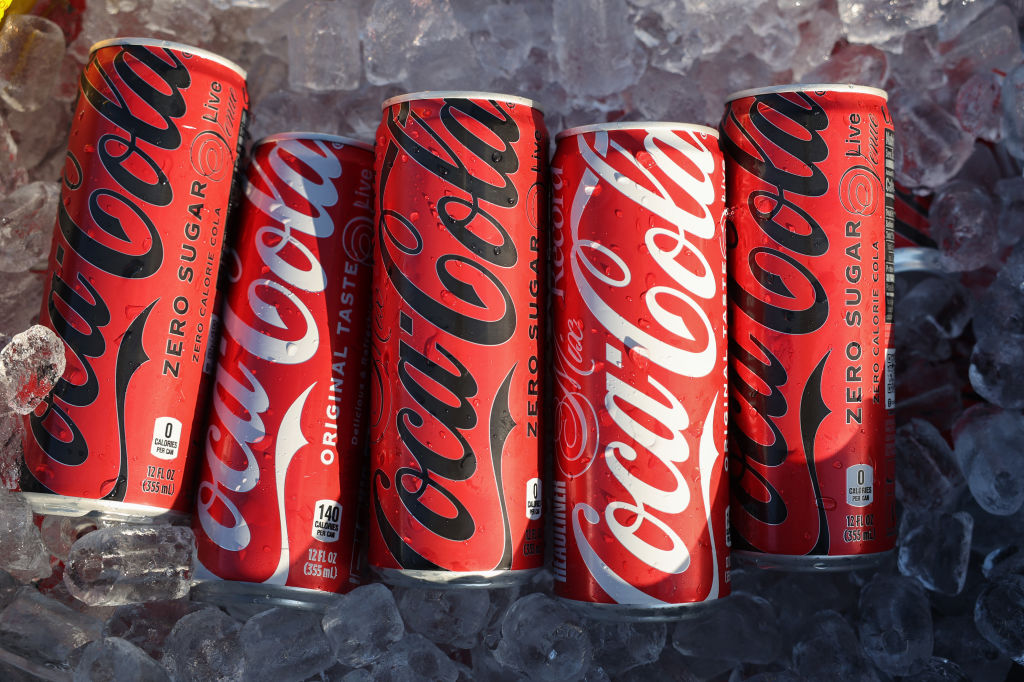 If You'd Put $1,000 Into Coca-Cola Stock 20 Years Ago, Here's What You'd Have Today
If You'd Put $1,000 Into Coca-Cola Stock 20 Years Ago, Here's What You'd Have TodayEven with its reliable dividend growth and generous stock buybacks, Coca-Cola has underperformed the broad market in the long term.
-
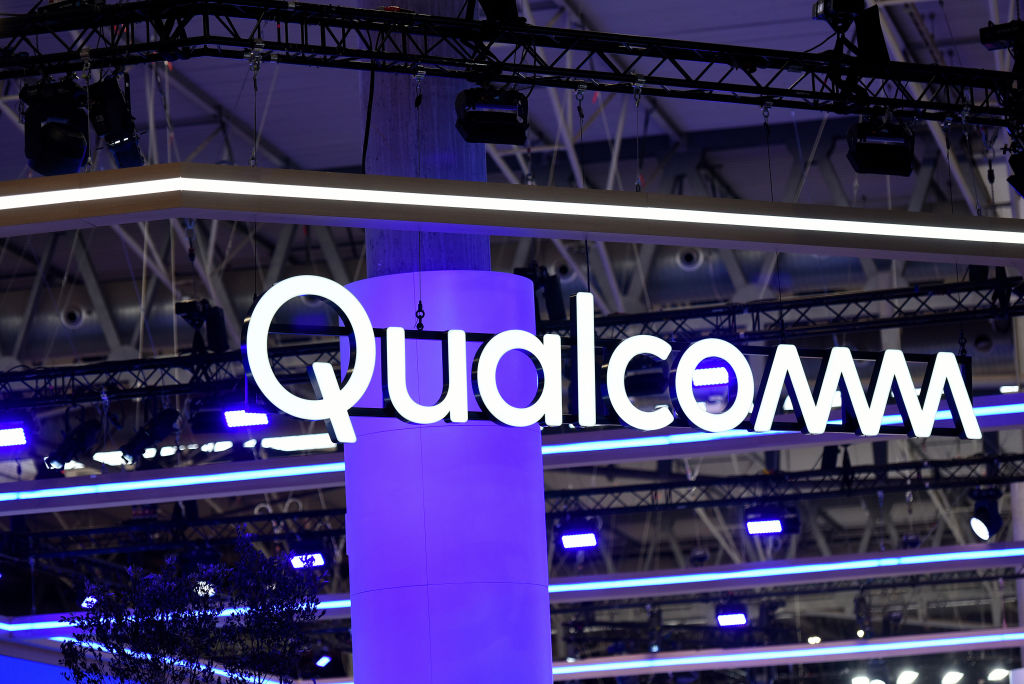 If You Put $1,000 into Qualcomm Stock 20 Years Ago, Here's What You Would Have Today
If You Put $1,000 into Qualcomm Stock 20 Years Ago, Here's What You Would Have TodayQualcomm stock has been a big disappointment for truly long-term investors.
-
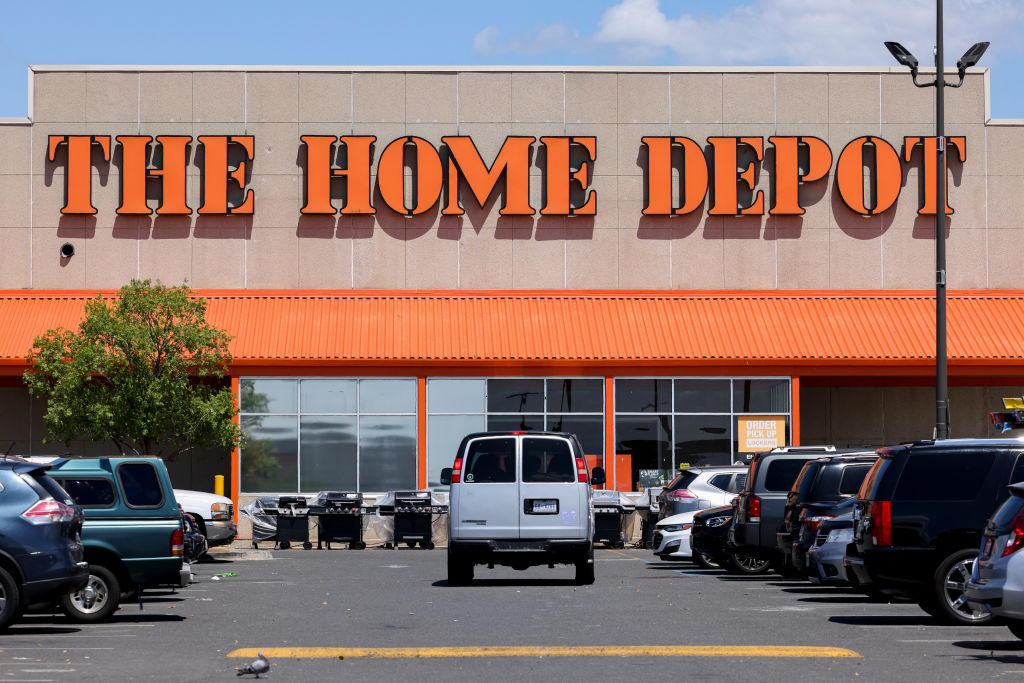 If You'd Put $1,000 Into Home Depot Stock 20 Years Ago, Here's What You'd Have Today
If You'd Put $1,000 Into Home Depot Stock 20 Years Ago, Here's What You'd Have TodayHome Depot stock has been a buy-and-hold banger for truly long-term investors.
-
 S&P 500 Sees New Highs on Shutdown Day: Stock Market Today
S&P 500 Sees New Highs on Shutdown Day: Stock Market TodayMost of its components were in the red, but the S&P 500 Index still managed to hit a new intraday all-time high.
-
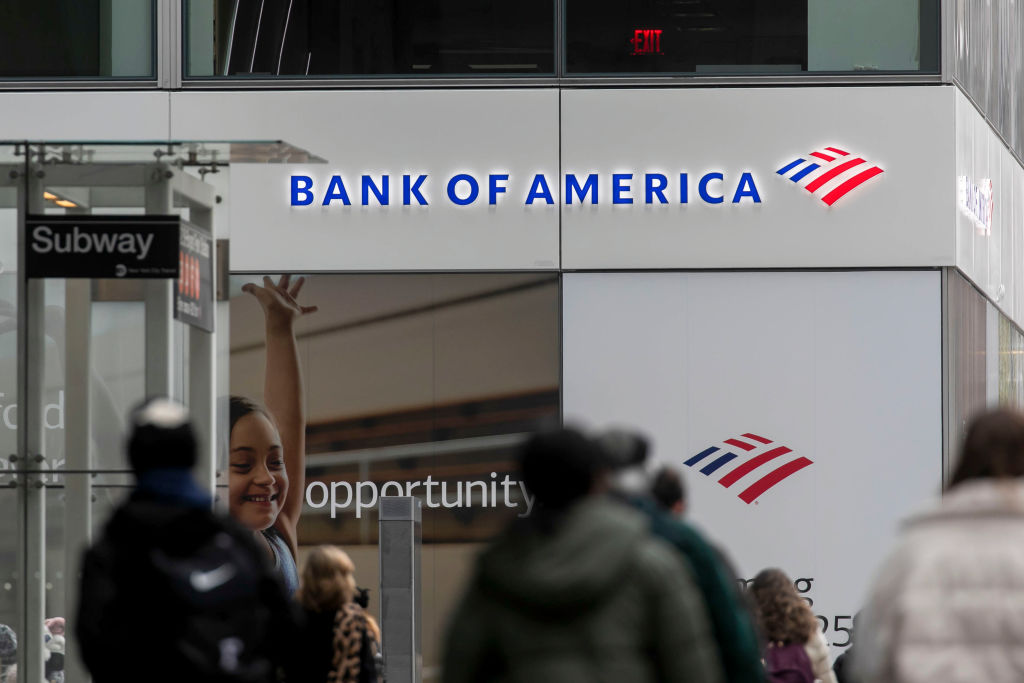 If You'd Put $1,000 Into Bank of America Stock 20 Years Ago, Here's What You'd Have Today
If You'd Put $1,000 Into Bank of America Stock 20 Years Ago, Here's What You'd Have TodayBank of America stock has been a massive buy-and-hold bust.
-
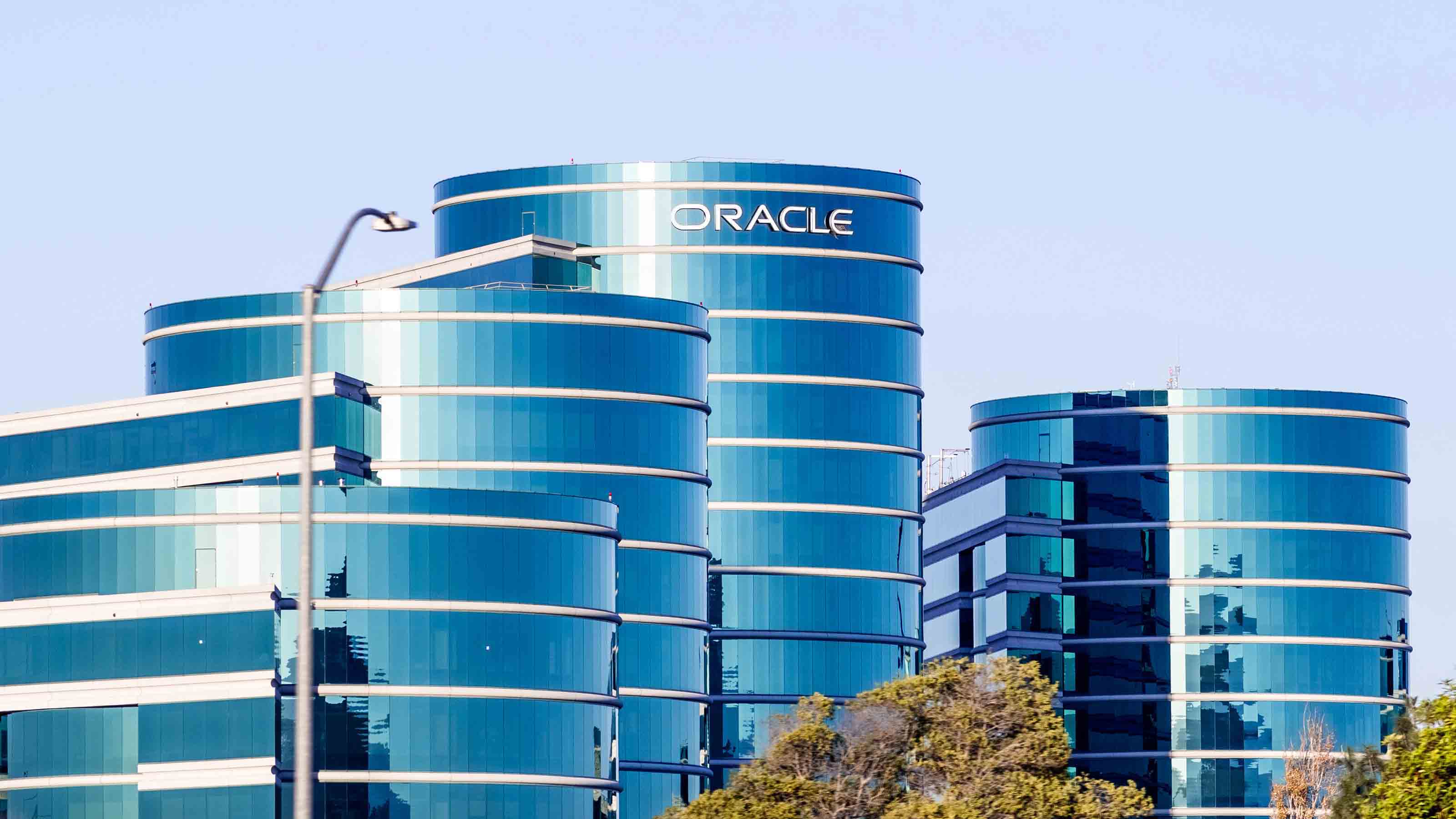
 If You'd Put $1,000 Into Oracle Stock 20 Years Ago, Here's What You'd Have Today
If You'd Put $1,000 Into Oracle Stock 20 Years Ago, Here's What You'd Have TodayORCL Oracle stock has been an outstanding buy-and-hold bet for decades.
-
 If You'd Put $1,000 Into Sherwin-Williams Stock 20 Years Ago, Here's What You'd Have Today
If You'd Put $1,000 Into Sherwin-Williams Stock 20 Years Ago, Here's What You'd Have TodaySherwin-Williams stock has clobbered the broader market by a wide margin for a long time.
-
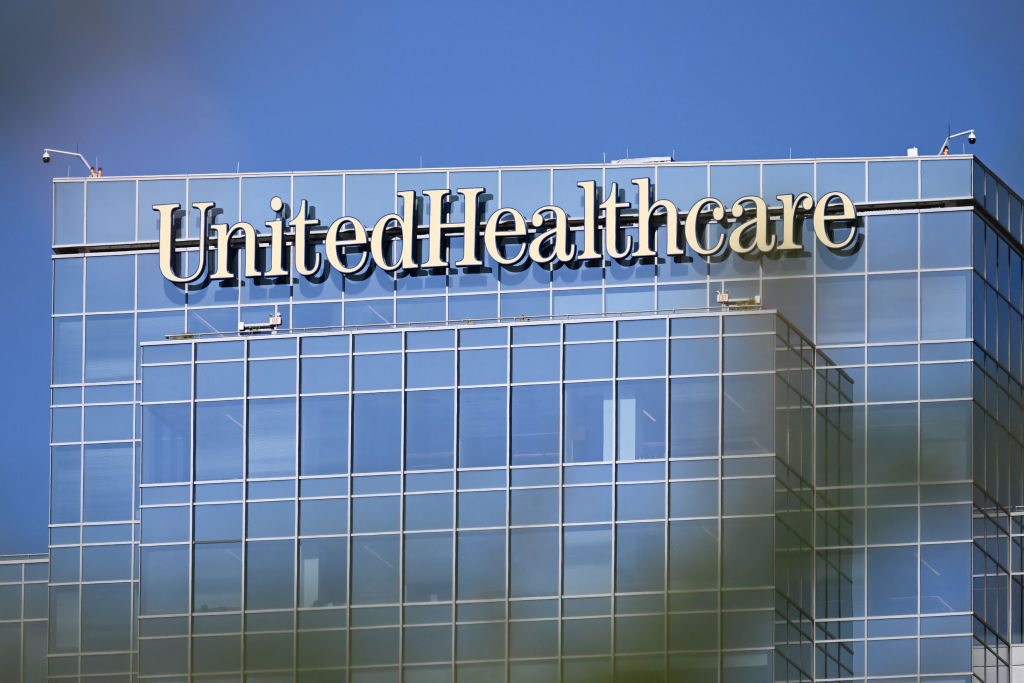 If You'd Put $1,000 Into UnitedHealth Group Stock 20 Years Ago, Here's What You'd Have Today
If You'd Put $1,000 Into UnitedHealth Group Stock 20 Years Ago, Here's What You'd Have TodayUNH stock was a massive market beater for ages — until it wasn't.